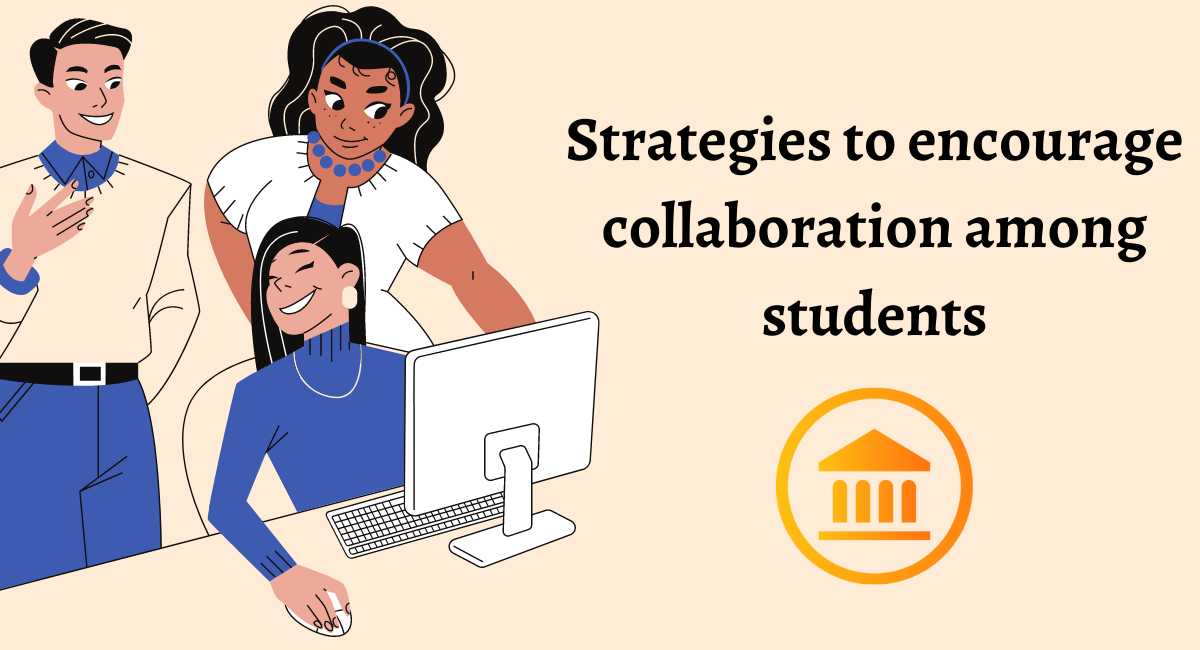Collaborative learning techniques include frameworks and step-by-step processes to foster group interdependence, active involvement, interactive conversation, and co-creation of academic outputs. Classroom collaboration increases student dialogue and cooperation, allowing them to teach one another. In some cases, students may grasp the content better when it is explained by their peers. Another key advantage of collaborative learning is the good bonding experience that occurs among group members when they are all working toward a similar objective. Collaboration not only increases students' present talents but also guarantees that their interactions stretch and expand one another's knowledge. However, true cooperation is difficult to achieve and it doesn't happen by itself. If we desire true cooperation, we must make it a deliberate element of our learning process.
Below are some strategies to encourage collaboration among students:
- Teamwork is required for effective interpersonal communication. Teach students how to listen actively and empathetically to others. Before going forward, take care of any immediate emotional concerns as well as any interpersonal needs. Team members should be encouraged and feel free to express themselves to one another.
- Small groups of no more than four or five persons should be formed. Small groups of three or fewer people rarely have enough diversity to allow for different thoughts. Overly big groups encourage 'freeloading,' in which some members do not engage. A group of four or five people is great.
- Allow students time and chances to practice leadership, decision-making, trust-building, communication, and conflict-management skills as part of the activity.
- Rather than investing a lot of time creating a fake scenario, draw inspiration from real-world issues. Real-world challenges may be utilized to support project-based collaborative learning and are frequently well-suited to collaborative learning.
- Create a set of expectations and guidelines for working together, as well as, understanding the conflict resolution processes so that they can handle difficulties within their teams.
- The formulation of group goals, as well as, individual accountability, are essential components of effective collaborative learning. This keeps the group focused and sets a clear goal. To save time, it's wise to identify goals and objectives before starting work.
- It is possible to save time by breaking down a tough activity into smaller pieces. Different duties can then be assigned. Students may take turns selecting their own part, and roles may be alternated by sections of the assignment or classes.
- Assess pupils individually and as a group to ensure a high level of individual accountability. Create roles for your team that are relevant to the content and the work.
- Students should evaluate their own involvement and effort, as well as, that of each team member. Later, triangulate those evaluations with your own.
- Collaborative learning necessitates some level of commitment. For it to work, students must respect and appreciate each other's perspectives. Class discussions, for example, might stress the importance of a variety of viewpoints. Create an environment in the classroom that supports autonomous thinking. Teach pupils the importance of thinking in a variety of ways.






















